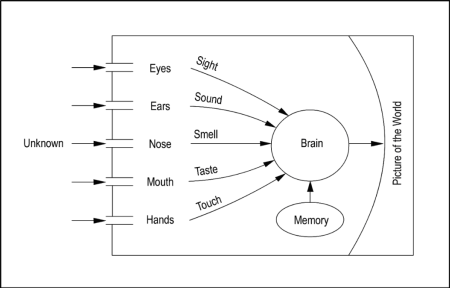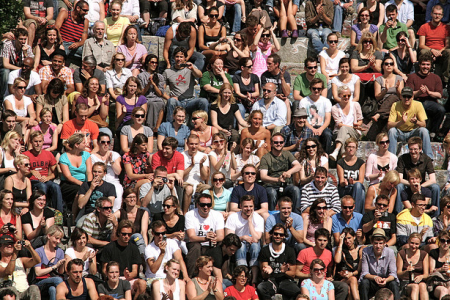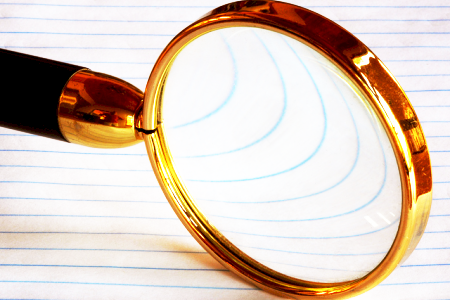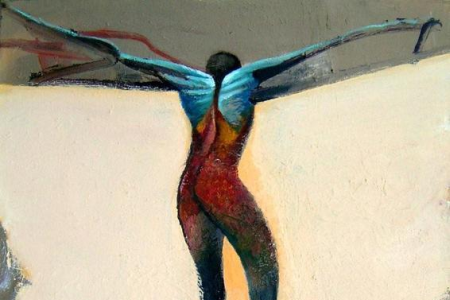A Crash Course in How You Perceive Reality
We might compare a human being to a closed box with sensors: eyes, ears, nose, mouth, and hands, representing the five senses: sight, sound, smell, taste, and touch.
As we have previously said, the fundamental principle in perceiving reality is that of “equivalence of Form,” which means equilibrium of pressures. The senses function as sensors, each with a different reaction to the pressure, depending on the make up of the sensor. The sight sensor evokes a reaction of light, darkness, and colors; the sound sensor evokes sounds; the smell sensor evokes scents; the taste, flavors; and the touch, sensations such as hard, soft, warm, and cold.
The reaction of the senses is transferred to the brain’s control center, where the information is compared with the data that already exists in the memory, the reservoir of prior impressions. In this manner, we process what our senses gather, determine the most advantageous reaction, and study where we are and how best to function in our environment. When the process is completed, the information is “projected” unto a “screen” within the brain, portraying what is ostensibly in front of us (see diagram).

Why What You Perceive Outside of You Is Really Inside of You
In this process, the surrounding unknown becomes “known,” and a picture of the external reality is created. However, the picture is not one of external reality, but merely an internal picture, a result of the structure of human senses and preexisting data. If we had different senses, we would produce an entirely different picture. Quite possibly, if we perceived through different senses, what appears as light would appear as dark, or even as something so fundamentally different that we cannot imagine how it would appear to us.
Continue reading “Do You Make These Common Mistakes When Perceiving Reality?”





